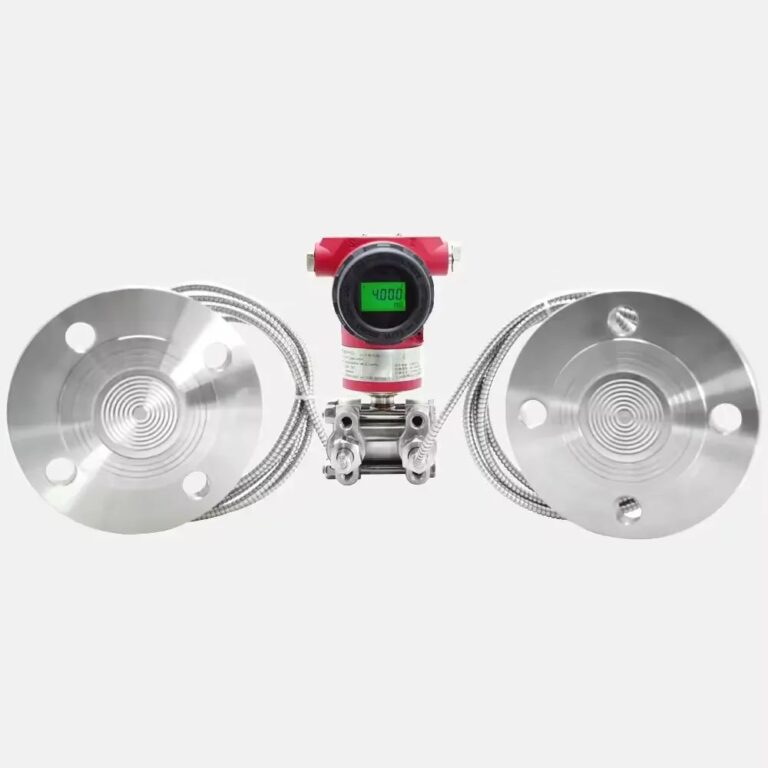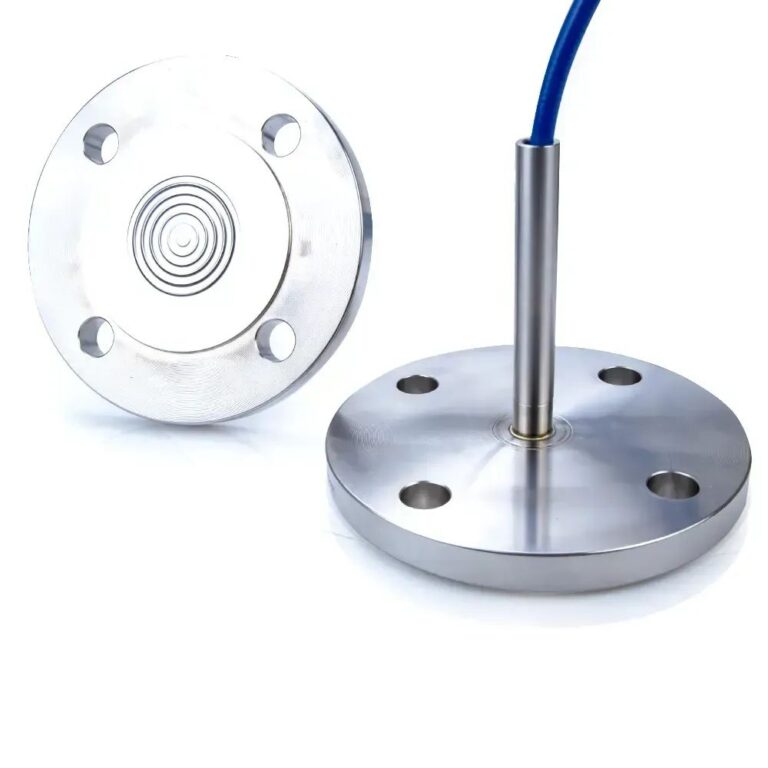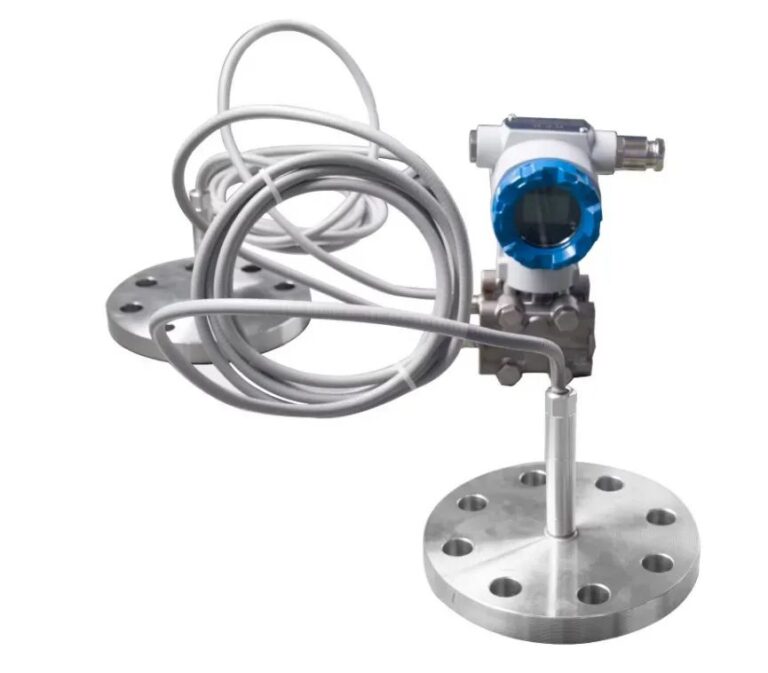Dual flange capillary tubes play a crucial role in pressure measurement, temperature monitoring, and other process automation systems across industries such as petrochemical, chemical, metallurgy, and more. Proper selection, installation, and maintenance are essential to ensuring the stability of instrument performance, measurement accuracy, and the longevity of the equipment. This article provides a detailed discussion of the considerations involved in selecting, installing, and maintaining dual flange capillary tubes.
1. Selection of Dual Flange Capillary Tubes
Material Selection The material of a dual flange capillary tube directly impacts its corrosion resistance, high-temperature tolerance, and mechanical strength. Common materials used include:
- Stainless Steel (e.g., 316L, 304L): Suitable for most industrial applications, offering excellent corrosion resistance, strength, and high-temperature performance. Ideal for common gases and liquids.
- Hastelloy: Best for highly corrosive environments, including those involving chlorides, sulfides, and acidic media.
- Titanium Alloys: Suitable for environments with high corrosion but relatively low temperatures, such as seawater or chloride-rich environments.
- Polytetrafluoroethylene (PTFE): Ideal for highly acidic or alkaline environments due to its strong resistance to aggressive chemicals.
Selection Tip: Choose materials based on the characteristics of the measured medium (e.g., corrosion, temperature, and pressure conditions) to ensure compatibility.
Pressure Rating The pressure rating of the capillary tube determines the maximum working pressure it can withstand. When selecting, consider the design pressure of the pipeline and the medium’s characteristics. Common pressure ratings include PN16, PN40, PN64, and others. Selecting a pressure rating that meets or exceeds the operational needs is critical for safe and accurate measurements.
Capillary Tube Length The length of the capillary tube must be chosen based on installation conditions. If the tube is too long, signal attenuation can occur, while a short tube might restrict installation flexibility. The length should be selected based on system design requirements and installation locations.
Inner Diameter Size The inner diameter of the capillary tube directly affects the fluid flow velocity and pressure transmission efficiency. A smaller diameter can increase fluid flow resistance and affect signal accuracy, while a larger diameter may complicate installation. It’s essential to balance the inner diameter with the flow requirements of the pipeline system and the measurement needs.

2. Installation of Dual Flange Capillary Tubes
Preparation Before Installation Before installing a dual flange capillary tube, thoroughly inspect the equipment to ensure that it meets the design specifications. Check the material, length, inner diameter, and pressure rating of the capillary tube to ensure compatibility with the system.
Correct Installation Position Install the capillary tube in an appropriate location on the pressure source. Avoid areas with high turbulence, as violent fluid fluctuations can interfere with signal accuracy. Also, avoid locations with excessive vibration, as vibrations can affect measurement precision.
Flange Connection Installation Ensure that the flanges of the dual flange capillary tube are securely connected to the pipeline system. The flange faces should be clean and free of any damage. Use the appropriate bolts and gaskets to ensure a tight seal, preventing leakage.
Avoid Stretching and Bending During installation, avoid excessive bending or stretching of the capillary tube, as this can compromise its structural integrity and measurement accuracy. The tube should ideally remain straight or bent only to a moderate extent.
Slope and Ventilation Considerations Ensure that the capillary tube is installed with the correct slope to prevent the accumulation of fluid inside, which can interfere with signal transmission. Additionally, check that no air bubbles are trapped inside the tube during installation, as these can affect pressure transmission accuracy.

3. Maintenance of Dual Flange Capillary Tubes
Regular Inspections Regular inspections are essential for maintaining the dual flange capillary tube in good working condition. Inspections should focus on checking the flange connections, sealing rings, and surface conditions of the pipeline. Look for any signs of leakage, corrosion, or damage. Additionally, inspect the inner diameter of the capillary tube to ensure that it is not clogged with dirt, scale, or deposits.
Cleaning and Debris Removal Over time, the capillary tube may become contaminated with media, which can impact measurement accuracy. Regular cleaning helps maintain its performance. Use appropriate solvents and tools to clean the capillary tube without damaging it. Ensure that the tube is free of internal deposits and contaminants that could obstruct the flow or signal transmission.
Corrosion Protection Capillary tubes exposed to corrosive environments should undergo periodic corrosion protection treatments. This includes checking the integrity of any protective coatings on the exterior of the tube and reapplying them if necessary.
High Temperature and High Pressure Maintenance For capillary tubes operating in high-temperature and high-pressure environments, it’s vital to check the expansion of materials, pressure resistance, and sealing integrity regularly. Temperature fluctuations can lead to material aging and deformation, so regular inspection is crucial to ensure the tube’s continued functionality.
Leakage Detection If measurement errors or system instability occur, it is important to check for leaks. Leaks can lead to unstable pressure, which affects measurement accuracy. Regularly inspect the sealing surfaces of the flange connections to ensure that no leakage is present.
Addressing Corrosion and Wear Over time, capillary tubes can experience corrosion or wear, particularly in chemically aggressive or high-temperature environments. For corroded components, it’s important to either replace them or perform necessary repairs to ensure the system functions properly.

4. Conclusion
Dual flange capillary tubes are critical components in industrial control systems, and their selection, installation, and maintenance directly influence the system’s stability and measurement accuracy. By choosing the correct materials and specifications based on operating conditions and medium characteristics, ensuring secure installation with proper alignment, and performing regular maintenance to prevent corrosion and leakage, the longevity and reliability of the system can be greatly improved.
By following these guidelines for proper selection, installation, and maintenance, the performance and lifespan of dual flange capillary tubes can be optimized, ensuring that the measurement instruments continue to provide accurate and reliable data for process automation systems.
